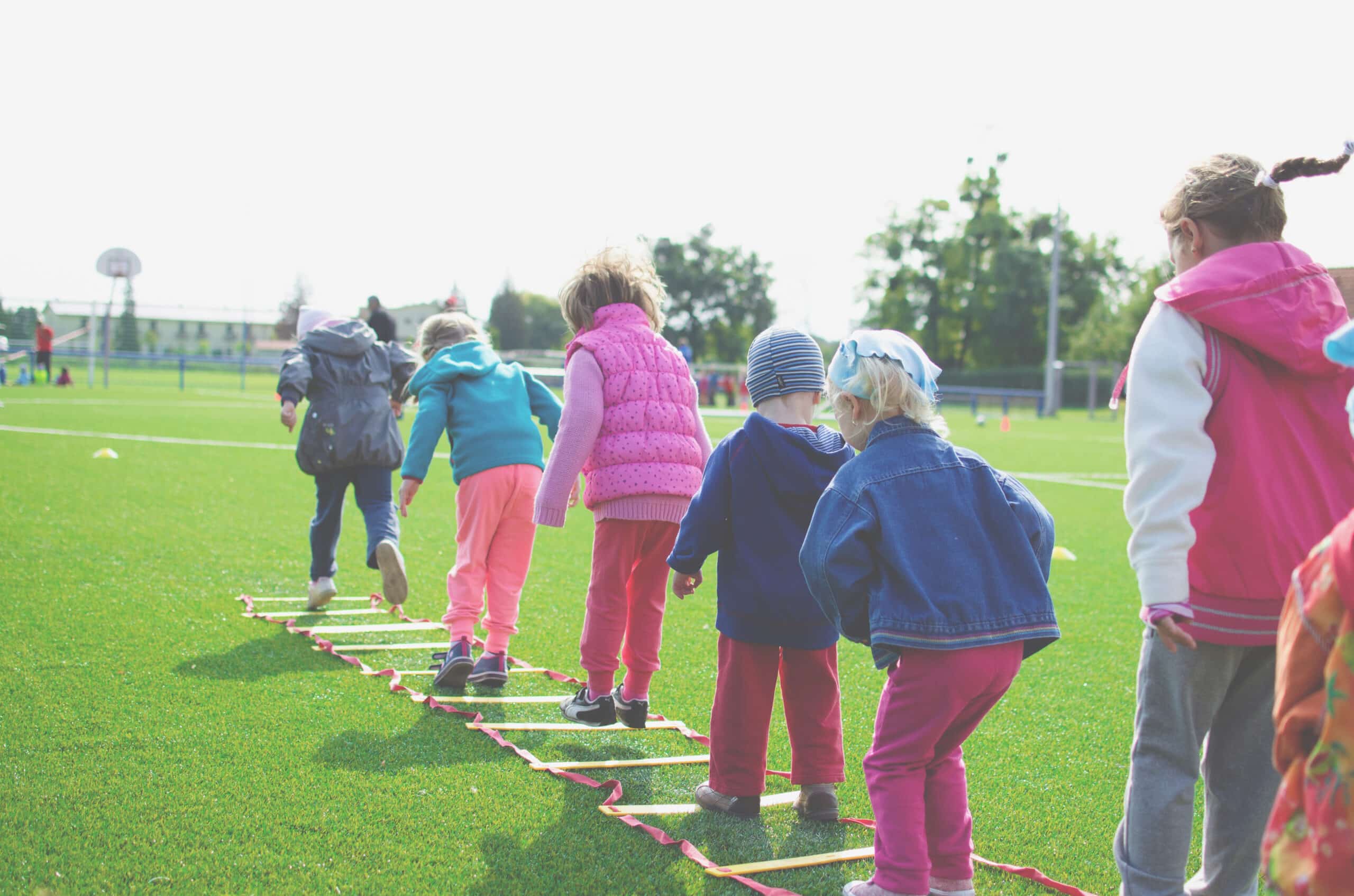
Summary
Target group of intervention: Child families
Aim of intervention: Family Group Conference aims to improve the children’s wellbeing in child protection by enhancing the participatory role of the child, family and the child’s closest networks. The Family Group Conference strengthens the initiatives by the child and the family during the child protection process.
Description of intervention: Family Group Conference is a structured intervention for the child families in the Finnish child protection. It may be used at different stages of the child protection process, and for children at different ages. Theoretical frameword lies on the problem solving theory, which focuses on resources and solution-focused brief therapy. In addition, dialogue, principle of restorative social work (Frost et al. 2012) and child’s information (Heino 2005) are important background factors. Family Group Conference is voluntary for the client. Client family, impartial conference inviter, social worker and the closest network related to the child’s case participate in the Family Group Conference. In addition, the child has an assistant. Intervention proceeds from preparations to Family Group Conference, where contact, communication and a plan for the child’s case are agreed on. The plan and its realization are followed and evaluated. Duration of the intervention varies depending on the child’s case from a year to a couple of years. Intervention has also been used in cases of young criminals, custody disputes and in disability, mental health and elderly services.
Availability of intervention in Finland: The actors who deliver the intervention organize the training for the Family Group Conference, and there are no criteria for the participation in the training. Content and structure of the trainings vary between instructors. Exact information on the availability and quantity of trainings is not readily available. Family Group Conference has been developed in New Zealand as a legitimate working model in custody situations and cases of young criminals. In Finland, Family Group Conference has been developed in a multiactor project run by Stakes, and the intervention is used in the child protection. Exact information on national availability and implementation are not readily available.
Research- and evidence-based efficacy of intervention: There is moderate research-based evidence for the intervention, including an international meta-analysis (Dijkstra et al. 2016), two RCTs (Asscher et al. 2014; Hollingshead et al. 2017), a prospective quasi-experimental study (Sundell & Vinnerljung 2004) and some qualitative studies. There is no research-based evidence of efficacy for the Family Group Conference.
- Literature:
Asscher, J., Dijkstram S., Stams G., Decovic, M. & Creemers, H. (2014). Family group conferencing in youth care: characteristics of the decision making model, implementation and effectiveness of the Family Group (FG) plans. BMC Public Health, 14, 154. - Dijkstra, S., Creemers, H., Asscher, J., Decovic, M. & Stams, G. (2016). The effectiveness of family group conferencing in youth care: A meta-analysis. Child Abuse & Neglect, 62, 100–110.
- Frost, N. Abram, F. & Burgess, H. (2012). Family group conferences: context, process and ways forward. Child and Family Social Work, 19, 480–490.
- Heino, T. (2005). Lapsen tieto – sen paikka tutkimuksessa ja käytännössä. Teoksessa Hänninen, S. & Karjalainen, J. & Lahti, T. (toim.): Toinen tieto – kirjoituksia huono-osaisuuden tunnistamisesta. Stakes.
- Hollingshead, D. M., Corwin, T. W., Maher E. J., Merkel-Holguina, L., Allan, H. & Fluke, J. (2017). Effectiveness of family group conferencing in preventing repeat referrals to child protective services and out-of-home placements. Child Abuse & Neglect, 69, 285–294.
- Sundell, K. & Vinnerljung, B. (2004). Outcomes of family group conferencing in Sweden: A 3-year follow-up. Child Abuse Neglegt, 28, 267–287.